Technology transformation and readiness assessment during COVID-19 pandemic
By MYBRANDBOOK
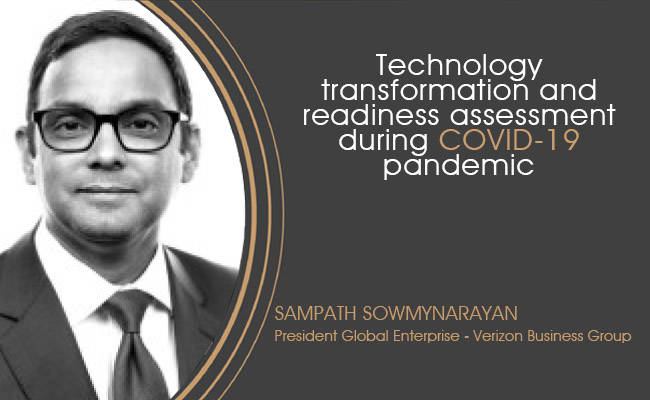
Sampath Sowmynarayan, President Global Enterprise - Verizon Business Group
The way we work has been transformed by the COVID-19 pandemic, which has made it clear that a remote working model is not a “nice to have” for global businesses, but a prerequisite. The new world that will take shape as we work through the pandemic and beyond the fourth wave of remote working will be determined by organizations deploying remote working at scale and extending remote working possibilities with next-generation technologies driving competitive advantage.
Reshaping the technology transformation agenda:
1. Define transformation vision and goals: The COVID-19 pandemic’s dramatic drive toward a remote working model offers us many lessons. As we move into the fourth wave of remote working, CIOs need to think about how their IT infrastructure performed during the crisis and really note down their key learnings.
2. Focus on future-readying your people building blocks, i.e., workforce and talent: This second step is about ensuring that the company has the right skills available to deliver on transformation vision.
3. Build scalable and adaptable application, IT infrastructure, and data and digital platforms (DDP): The most important part of future-readying the business is to ensure that the organization has a modular, flexible IT architecture, which can adapt to challenges the future brings.
4. Design cybersecurity from the beginning: Designing cyber security into a transformation from the very start helps control development and operation costs, reduce time to implementation and generate revenue earlier.
Technical building blocks— transformation imperatives
1. A scalable network - Organizations of every shape and size require a network that can support the dynamic and on-demand needs of their users and applications—for example, more bandwidth to support seasonal sales requirements, more VPN connections or cloud access to support work-from- home requirements. Traditionally, companies have purchased different devices to deliver networking functionality—routers, switches, firewalls, load balancers, etc. With SDN, the network is now software based, and these functions are accomplished virtually.
2. Cloud ready applications - In this building block, again, the first must-do is creating an inventory of which applications a business already have, and which are already mission-ready to be moved to the cloud. And this is an inventory check that should actually be repeated frequently.
3. Strong and secure mobile connectivity - The must-dos of this third building block are all about delivering reliable and secure connectivity. The quality of the physical connection cannot be overlooked here, so organizations should consider multiple options to get the right performance.
4. End-to-end monitoring of performance - The overall objective is to curate an accurate data set so the business can understand how it might re- instrument different parts of the network, incorporating predictive analysis to help predict and prevent anomalies or outages, and automating actions, whether for users, transactions or applications.
5. Zero-trust security - The first must- do in this building block is to identify those business-critical applications and data feeds that are the organization’s most critical assets (“crown jewels”) without which the business could not operate. These could be virtual or data assets or physical assets such as manufacturing or energy production and transmission equipment.



Download masked Aadhaar to improve privacy
Download a masked Aadhaar from UIDAI to improve privacy. Select masking w...
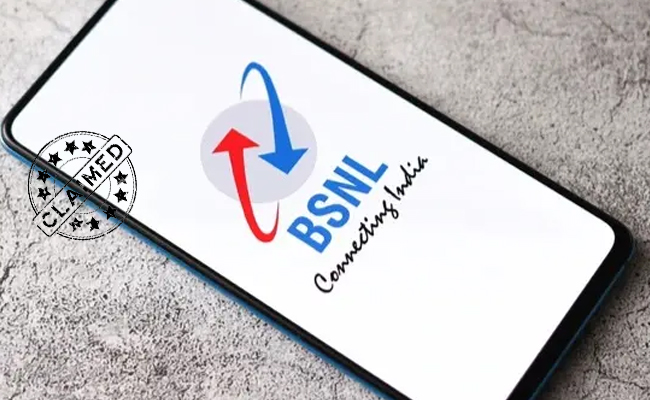
Sterlite Technologies' Rs 145 crore claim against BSNL rejecte
An arbitrator has rejected broadband technology company Sterlite Technolog...

ID-REDACT® ensures full compliance with the DPDP Act for Indi
Data Safeguard India Pvt Ltd, a wholly-owned subsidiary of Data Safeguard ...

Happiest Minds brings in an innovative GenAI chatbot
Happiest Minds Technologies has announced the new GenAI chatbot - ‘hAPPI...


Technology Icons Of India 2023: Dr. P D Vaghela
Dr PD Vaghela serves as the Chairperson of Telecommunications Regulato...

Technology Icons Of India 2023: Byju Raveendran
Byju Raveendran is the founder of edutech start-up Byju’s. Raveendra...

Technology Icons Of India 2023: Kumar Mangalam Birla
Aditya Birla Group chairman Kumar Mangalam Birla’s return to Vodafon...

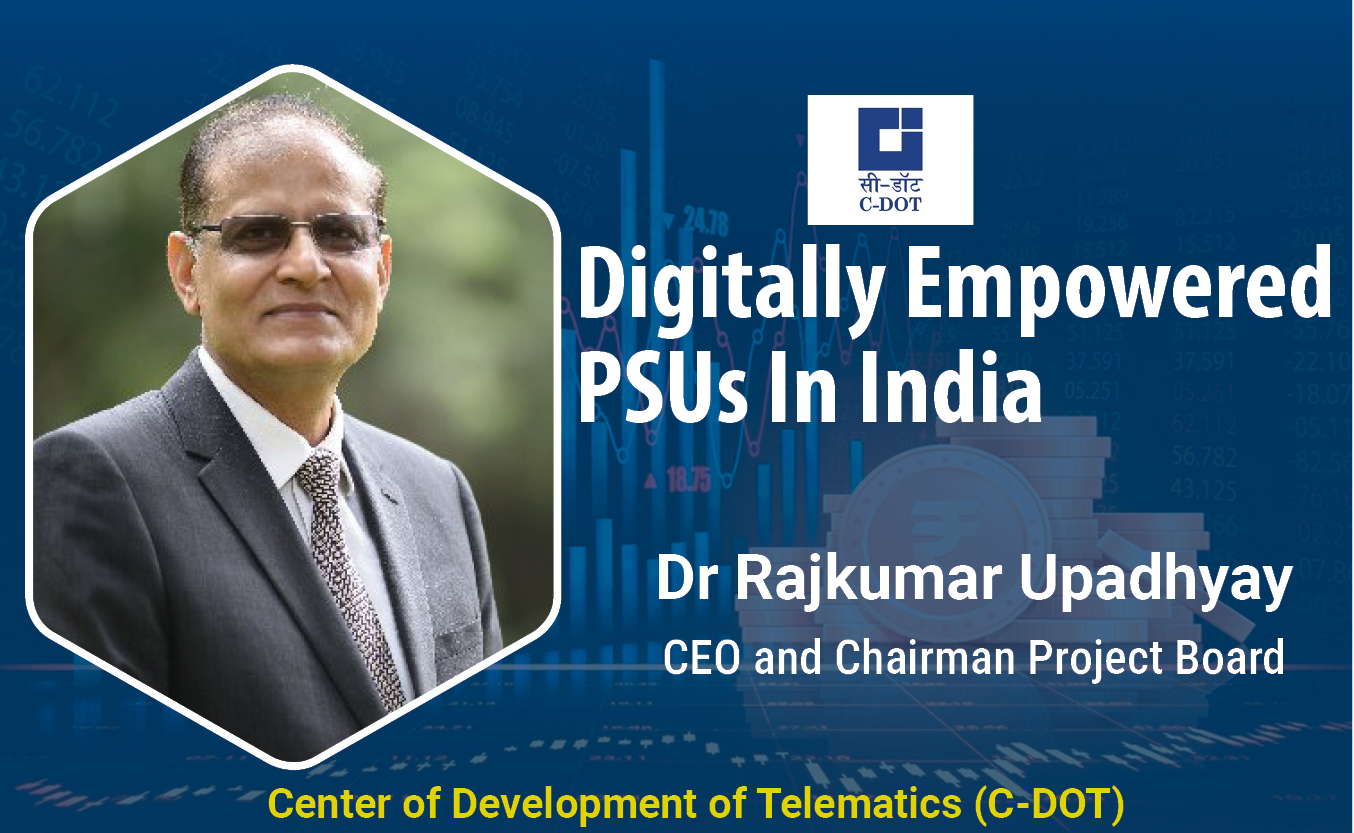
C-DOT enabling India in indigenous design, development and production of telecom technologies
An autonomous telecom R&D centre of Government of India, Center of Dev...
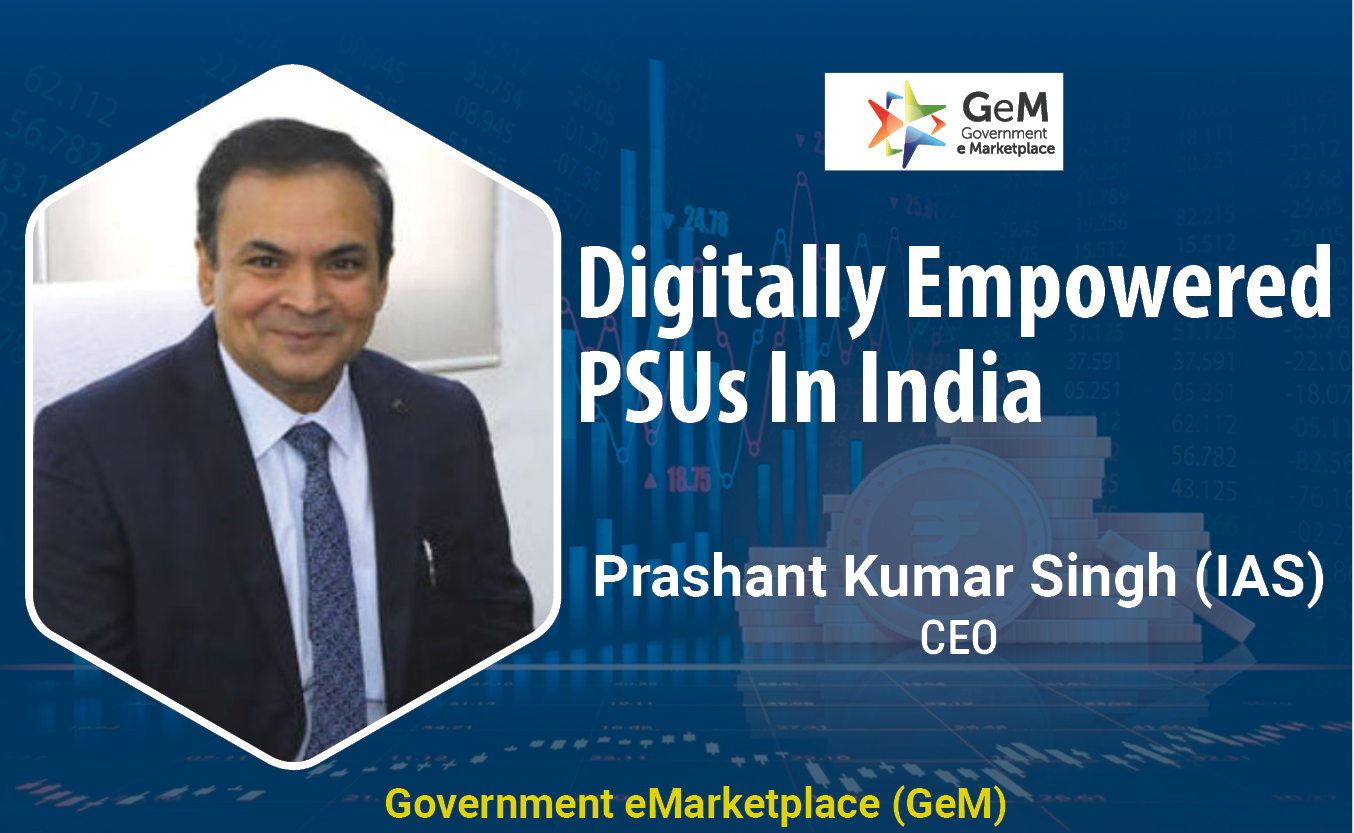
GeM maintains transparency in online procurement of goods & services
Created in a record time of five months, Government eMarketplace is a ...
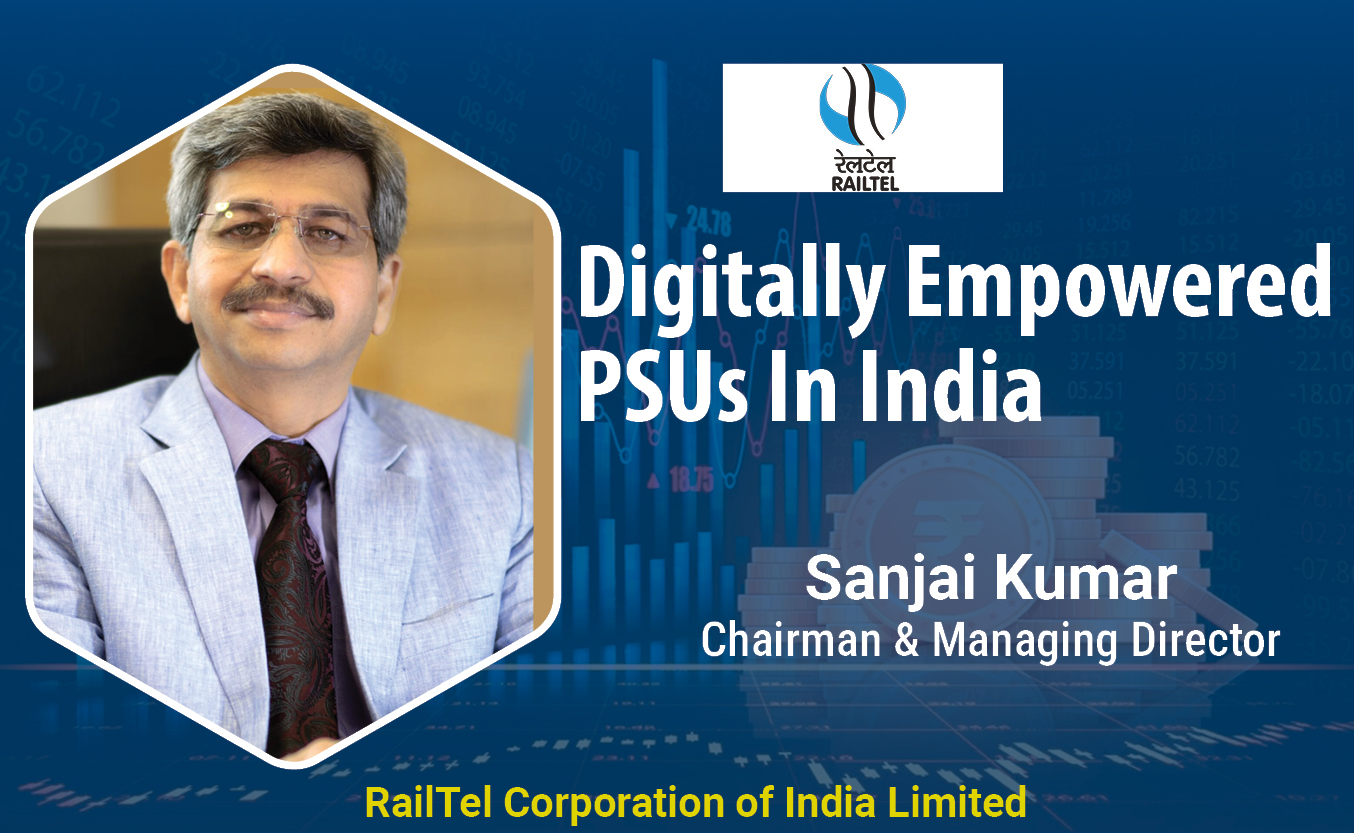
RailTel connecting every corner of India
RailTel is an ICT provider and one of the largest neutral telecom infr...


IVALUE INFOSOLUTIONS PVT. LTD.
: iValue Info Solutions is a value added distributor, provides solutio...

INGRAM MICRO INDIA PVT. LTD.
Ingram Micro India, a large national distributor offers a comprehensiv...

Crayon Software Experts India Pvt Ltd
Crayon helps its customers build the commercial and technical foundati...